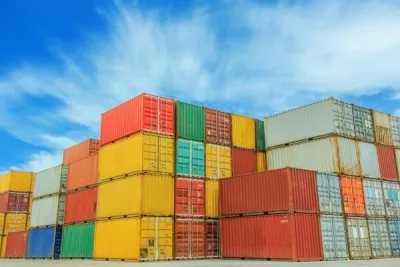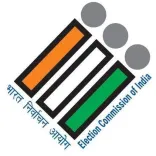What Steps Will India Take in Response to Trump's Tariffs?

Synopsis
Key Takeaways
- 25% tariff announced by Trump on Indian exports.
- India is committed to protecting its national interests.
- Negotiations between India and the US are ongoing.
- Impact on farmers and MSMEs is a major concern.
- Secondary tariffs may affect energy purchases from Russia.
New Delhi, July 30 (NationPress) The Indian government has acknowledged the recent move by US President Donald Trump to implement a 25% tariff on exports from India, effective Friday, and is currently evaluating its consequences.
The Commerce Ministry released a statement indicating that India and the US have been in discussions aimed at finalizing a fair, equitable, and mutually advantageous bilateral trade agreement over recent months.
"We are steadfast in our commitment to this goal. The government prioritizes the protection and advancement of the welfare of our farmers, entrepreneurs, and MSMEs," the statement emphasized.
The Indian government reiterated that it would take all necessary measures "to safeguard our national interest, similar to our actions regarding previous trade agreements, including the recent Comprehensive Economic and Trade Agreement with the UK."
This response from India followed Trump's threat of a 25% tariff on Indian exports.
"India will incur a tariff of 25% starting on August 1," Trump wrote on Truth Social. He also indicated that India would face an additional tariff penalty for acquiring energy from Russia.
Trump has set this penalty, termed secondary tariffs, at 100% for any country purchasing Russian energy unless Moscow agrees to ceasefire negotiations with Ukraine.
In his post, he stated: "While India is our ally, we have historically engaged in minimal trade with them due to their tariffs being among the highest globally."
He criticized India for having "the most stringent and unpleasant non-monetary trade barriers of any nation."
Trump added, "India has predominantly sourced its military equipment from Russia and is the largest buyer of Russian energy alongside China, especially when the world is urging Russia to cease hostilities in Ukraine."
"THIS IS NOT A POSITIVE DEVELOPMENT! AS A RESULT, INDIA WILL BE SUBJECT TO A 25% TARIFF, PLUS THE ADDITIONAL PENALTY, STARTING AUGUST FIRST," he concluded with a nostalgic sign-off, “MAGA” (Make America Great Again).
The US has been advocating for zero tariffs on its exports, a demand most countries and the EU have accepted in their agreements.
One major challenge in negotiations with India is the request to open Indian markets to US agricultural products, which would impact India's substantial agricultural sector.








